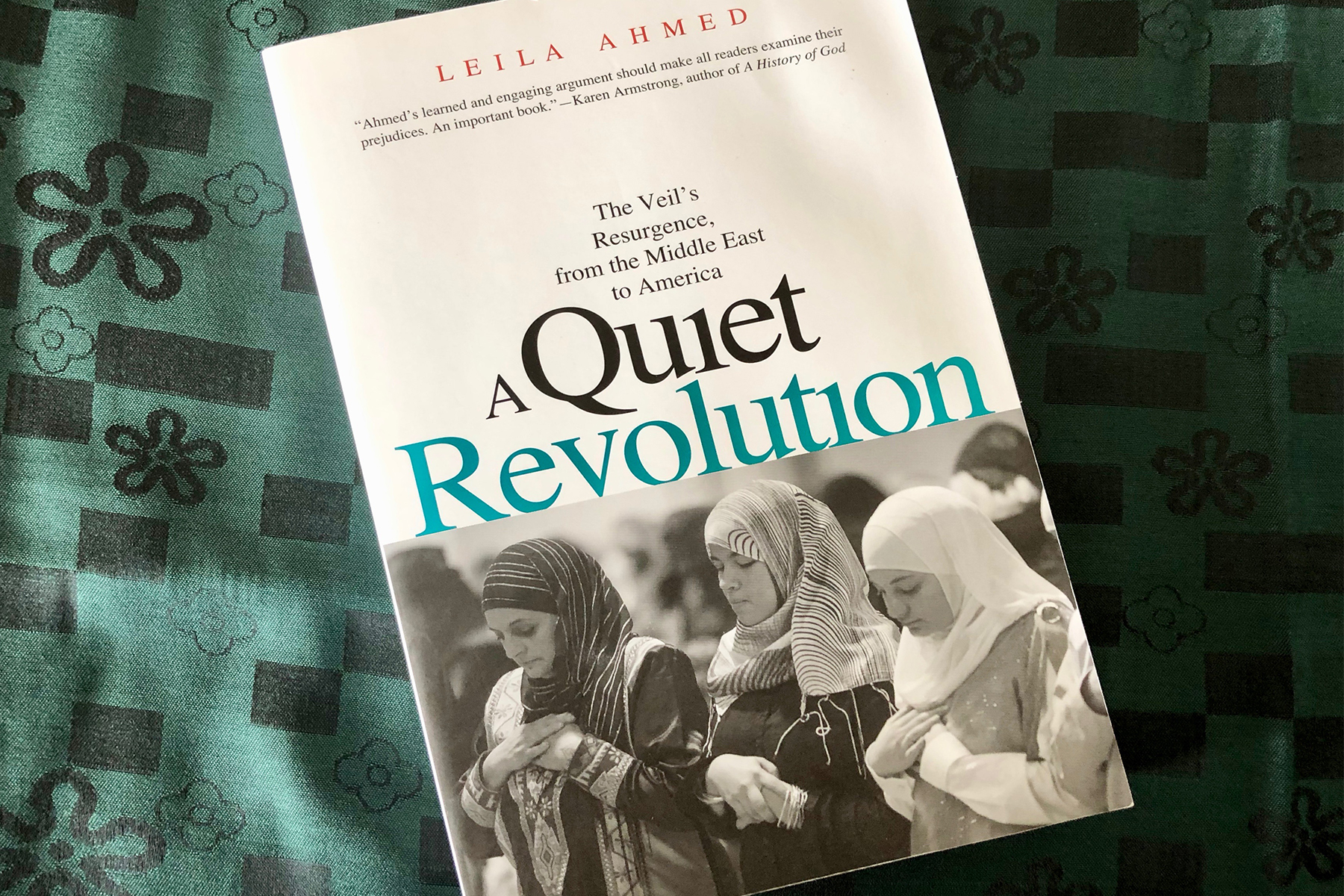


Some quite highly educated women have seen it as a religio-political statement of their desire to identify with Islam and believe that it signifies subjugation to Allah alone and can imply empowerment and liberation through choice. However, two other groups see it differently. In traditional rural societies is remains what it historically became, a symbol and engine of patriarchal practice. In brief, it seems to me that ‘the veil’ has come to mean a number of different things. It is, nevertheless, an insightful history (short and long term) of this issue against the background of contemporary gender studies in which the author is skilled. One word of caution, as Professor in Women’s Studies and Religion at the Harvard Divinity School, this is a learned person and her text is at times somewhat laboured.

It is noteworthy that veiling had fallen away drastically in most Muslim cultures as recently as 60 years ago and Leila Ahmed sets out to examine what has changed in that period. They key problem for me has always been the fact that many Muslim strictures (including various degrees of veiling) are not based directly on the Quran but rather on hadiths which often are backgrounded in pre-Quranic times, local tribal practices and (as an Abrahamic religion) patriarchal practices. Let me also say that I am familiar with some of the similar behaviours that occur in many other religious communities including the Christian and Jewish, Sikh etc. I have long had an interest in the local (Australian) social and cultural implications of dress practices and their associated social codes in the Muslim community especially in schools. This was a disappointing, and from my view, self-defeating book.


 0 kommentar(er)
0 kommentar(er)
